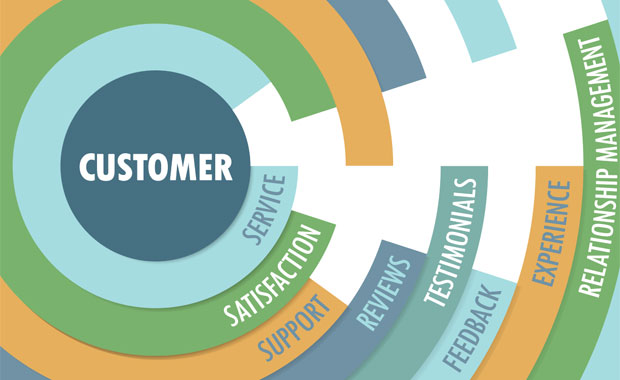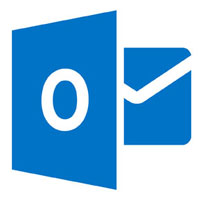Yoav Kutner is the CEO of Oro.
In this exclusive interview, Kutner shares his perspectives on the mysteries of multichannel CRM.

CRM Buyer: What are some of the key trends in CRM right now?
Yoav Kutner: We see that there are a lot more companies looking for tools to centralize data. We’re seeing multichannel businesses that interact with customers both through a brick-and-mortar and through multiple touchpoints.
That data has to be collected someplace so they understand how they’re doing with their customers. One account might interact with a business through multiple channels, and all of that data has to be centralized.
CRM Buyer: What’s the key to making all of that data useful?
Kutner: It has to be standardized into a single format, and another element is segmentation. No two businesses are alike, and you have to have a tool that’s easily adopted and be able to segment it accordingly. On top of that, a business needs a tool to report on the data. You need one part that extracts the data, and another that interprets it.
CRM Buyer: What is the key to using CRM to deliver targeted marketing campaigns?
Kutner: If CRM is the central repository of customer data, it’s becoming the natural place to start doing marketing campaigns. Data is key for marketers to make decisions, and having all the data in a central repository helps them design effective campaigns.
You also need to be able to track back and see which customers respond to which campaign. They might target a segment of customers, and they can see which customer segment responds better to certain campaigns. This allows them to make decisions, create campaigns, and target better audiences for those campaigns.
CRM Buyer: What are the unique CRM needs of multichannel businesses?
Kutner: When you bring multichannel into the CRM world, you need a product that allows for scale and allows businesses to add channels. This kind of marriage doesn’t always work nicely out of the box. A lot of CRM tools are more sales-oriented.
Bringing the data in its native format from the channel allows you to work with that channel, lead or opportunity. It’s the same for a brick-and-mortar; you’re not necessarily talking about leads and opportunities, but about households.
You want to bring all of this data back into a central repository. Being able to scale and accept data that is scalable and flexible is what we need for CRM to be a useful repository tool.
Once you identify a customer is the same customer who interacts with your business through multiple channels, you can see everything under a single account. That’s where you get a sense of a customer, and also what that customer is worth to your business.
CRM Buyer: Why is it important for the data to be in its native format?
Kutner: For marketers to evaluate the effectiveness of their marketing campaigns, they require more data. What we like to do is gather the data in its native format. It simplifies the integration and allows marketers or other decision makers to access data as they know it.
Multichannel businesses might have different people who own different channels. They want to work with the data the way they know it. That reduces the cost of integration and enhances visibility, allowing it to be easily consumed by people who are actually interacting with the data. The data is already in the native format, as the channel provides it.
CRM Buyer: What’s in the future for CRM? How is it evolving and changing?
Kutner: We’ll continue to see more CRM adoption across different verticals and industries. It’s not going to be just for sales, but for marketing and customer service, and it will give more understanding of the customer. If we build flexible tools for the industry, they’ll be able to build what they need.
A lot of businesses have to build these custom tools, but building the right tools for them will allow them to grow into them. We believe that no two businesses are alike, and adoption of CRM across multiple industries and verticals will continue to grow.
We feel that even though a lot of off-the-shelf products work, as a business grows and its requirements become more sophisticated, it will need tools that allow it to create this sophistication without costing too much. That’s why we feel a flexible CRM tool is the way to go. Off-the-shelf is great to start, but as your integration requirements grow, you’ll outgrow those tools very fast.

























































